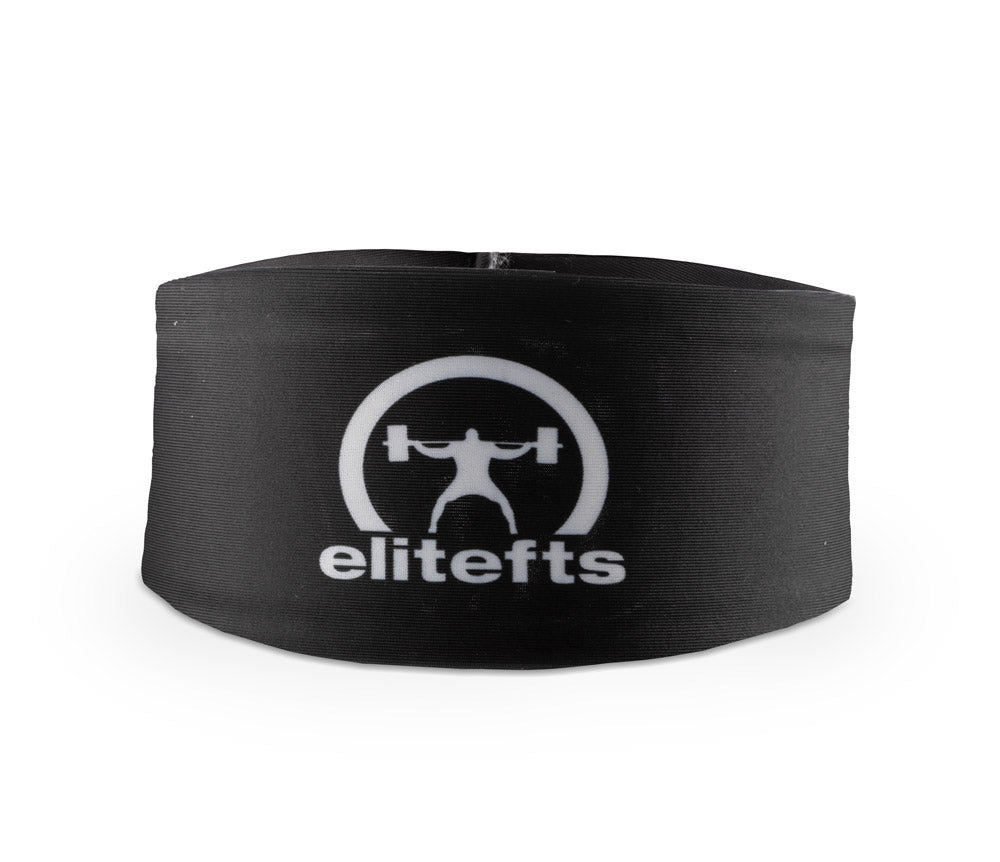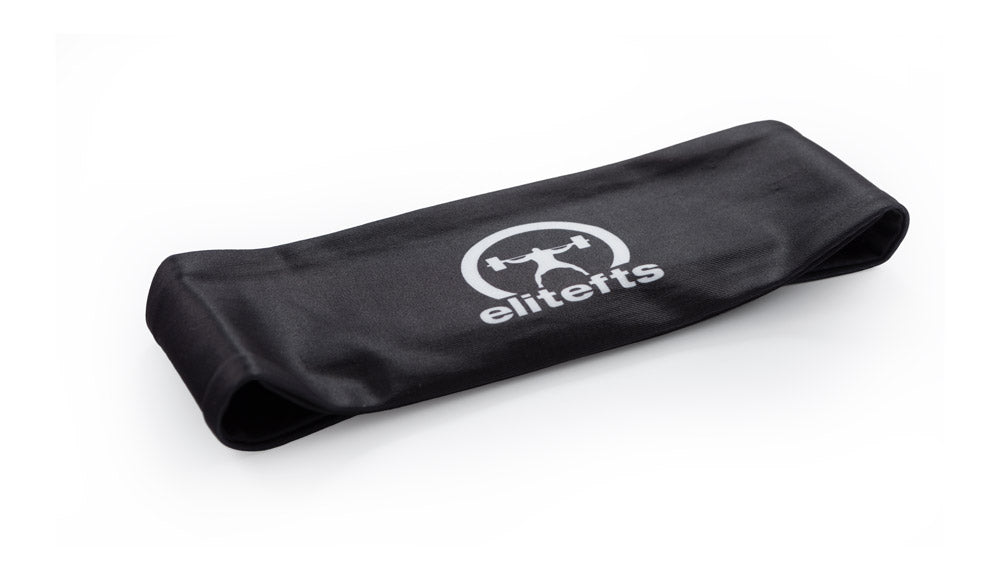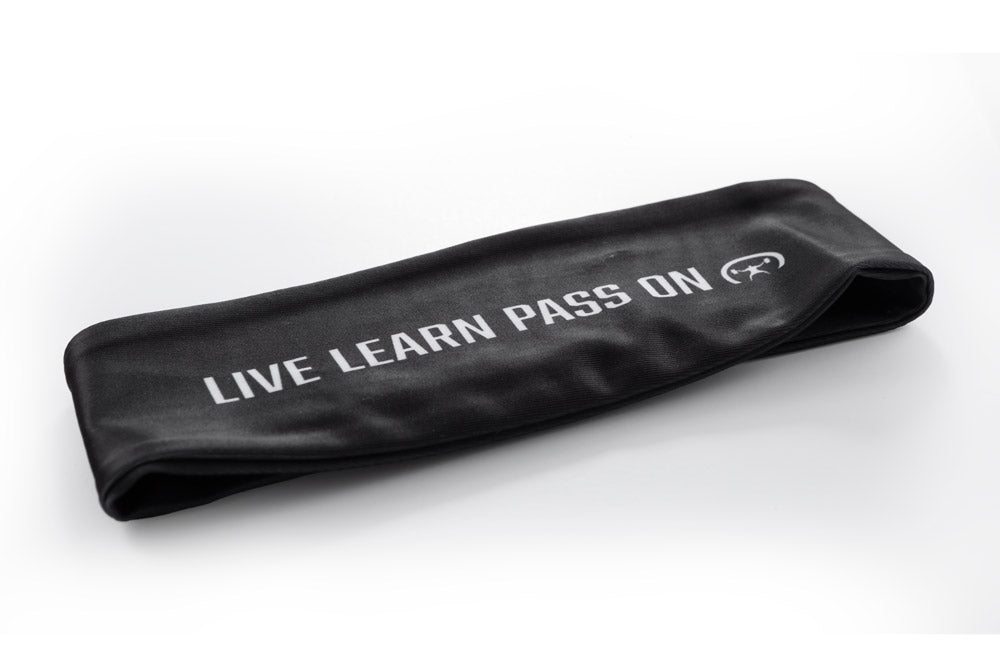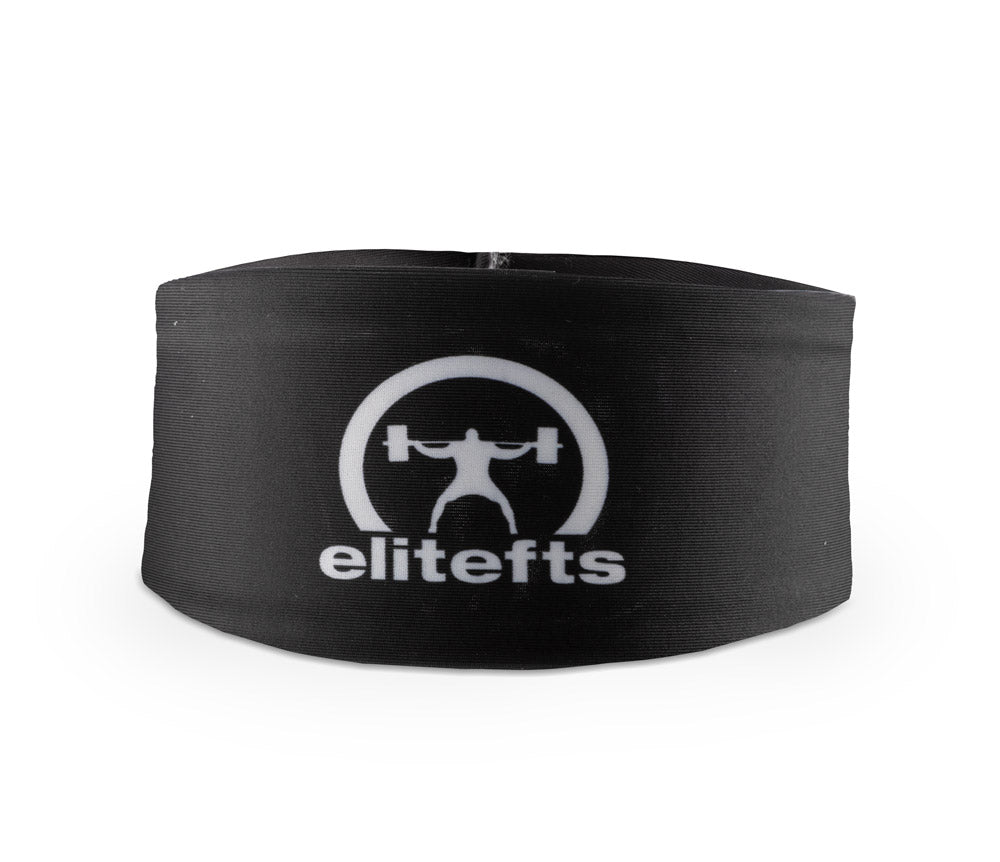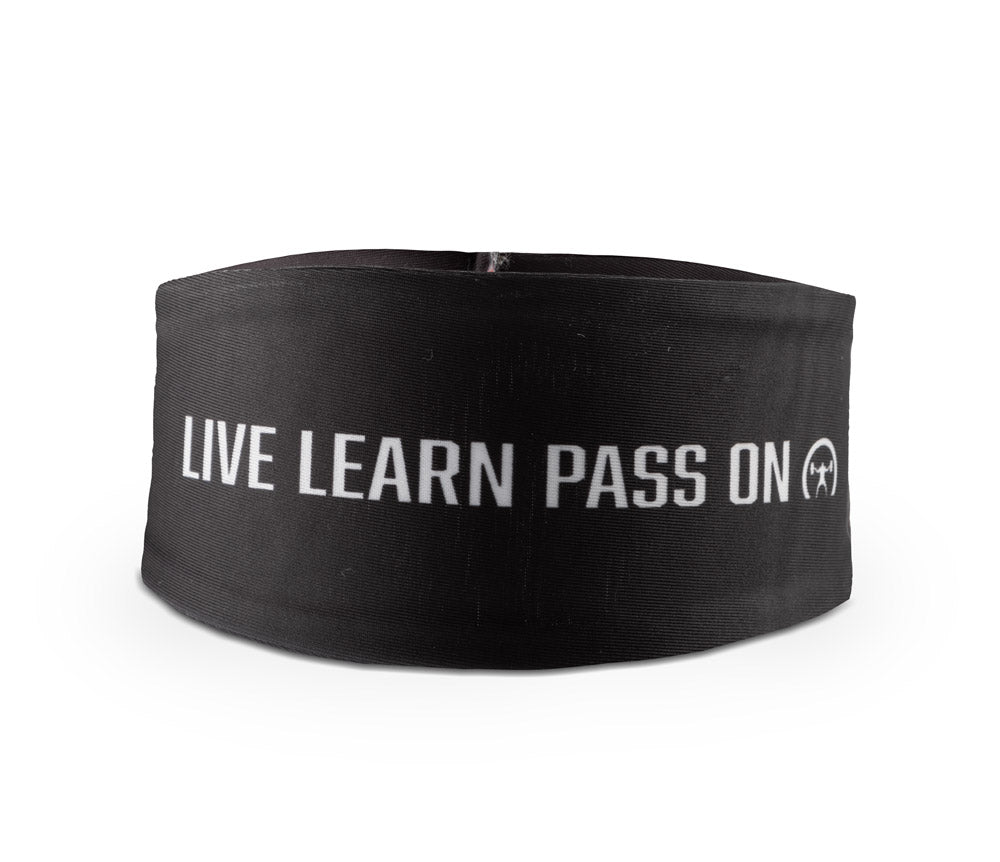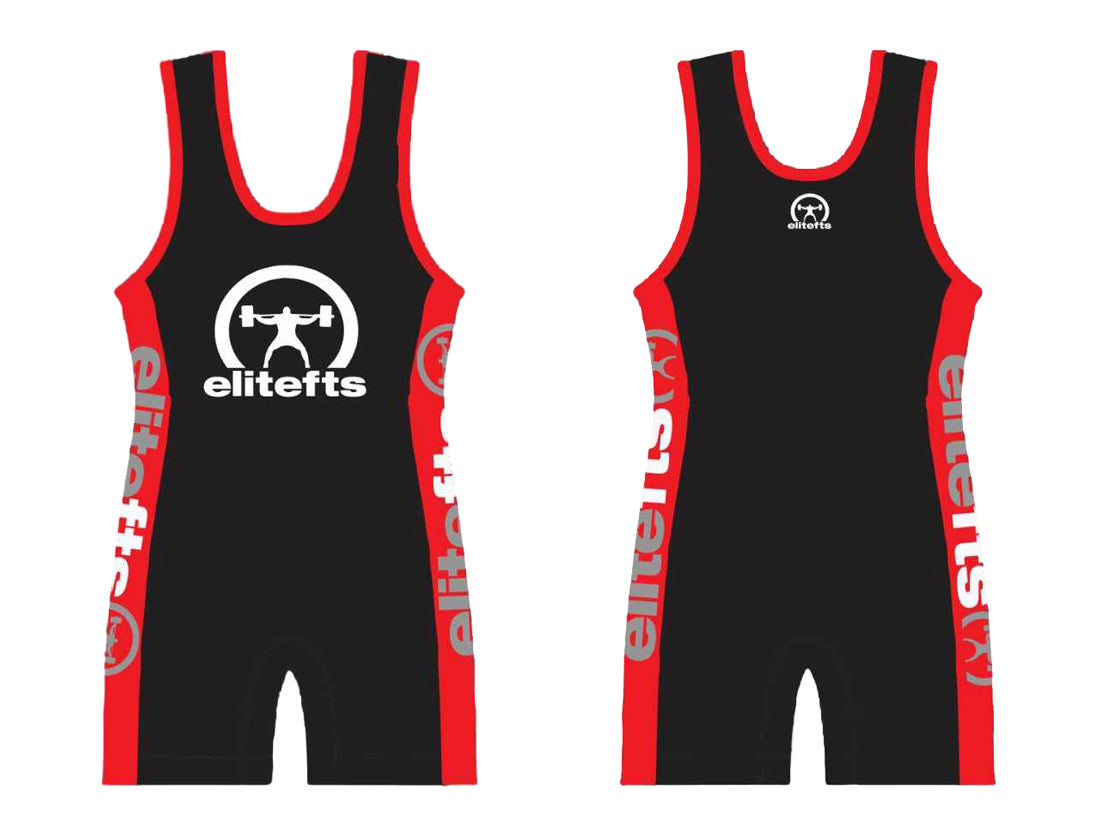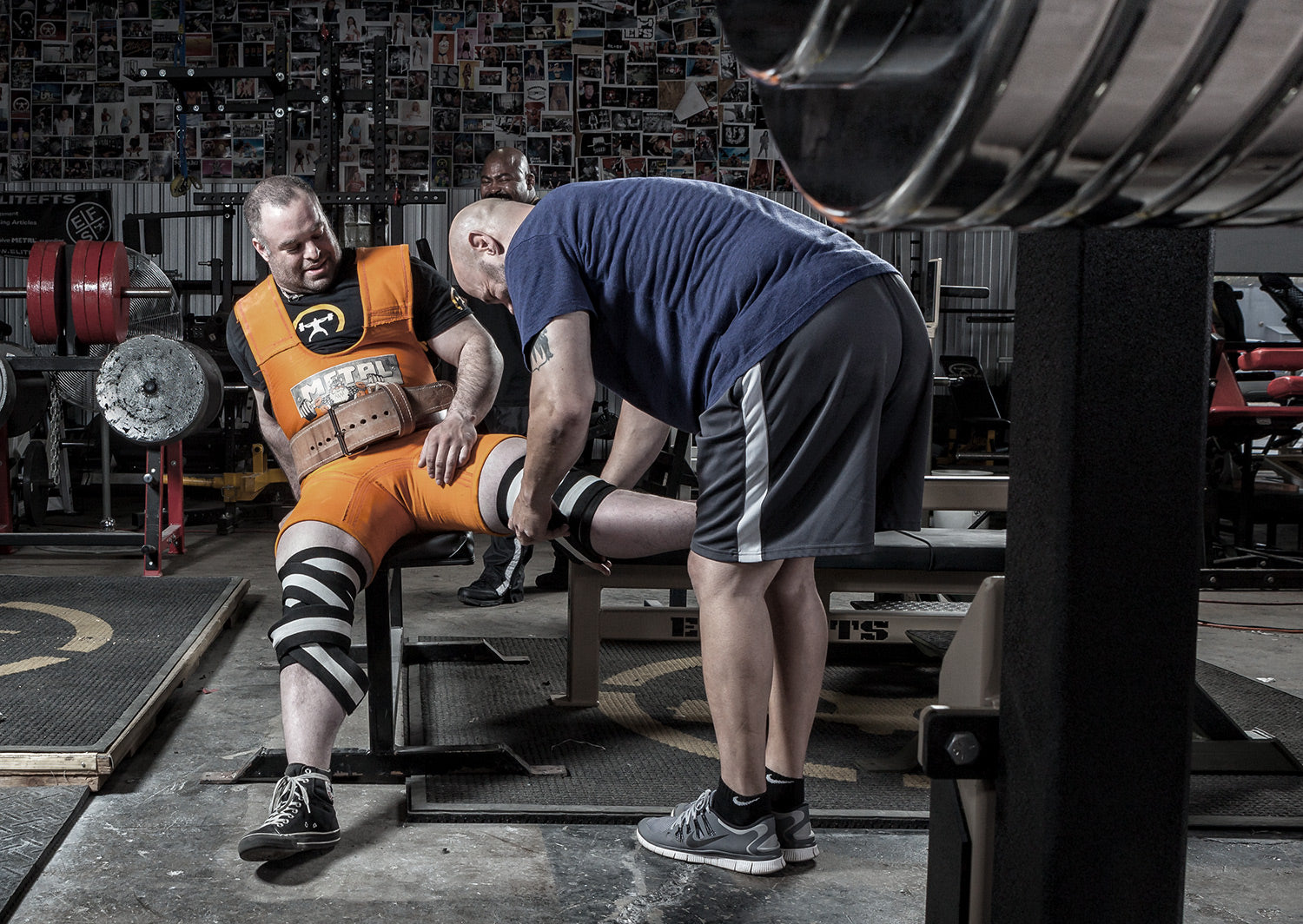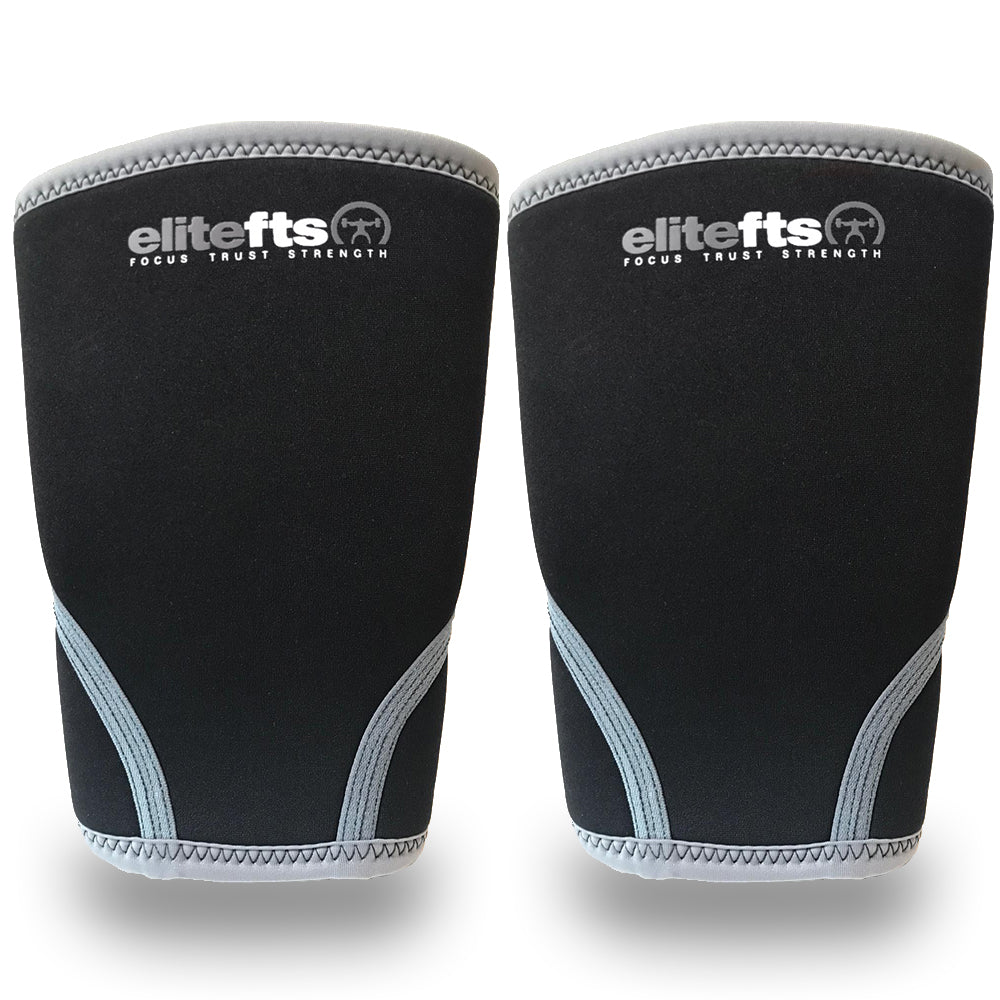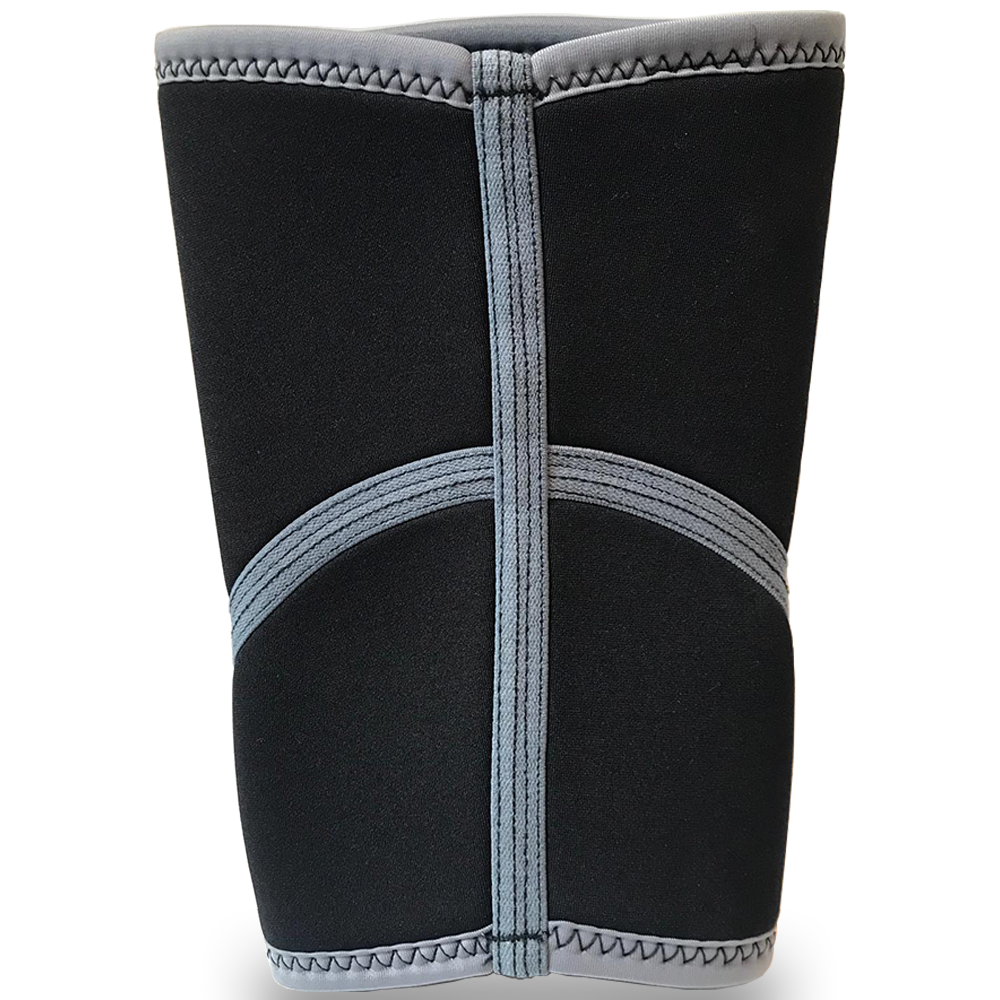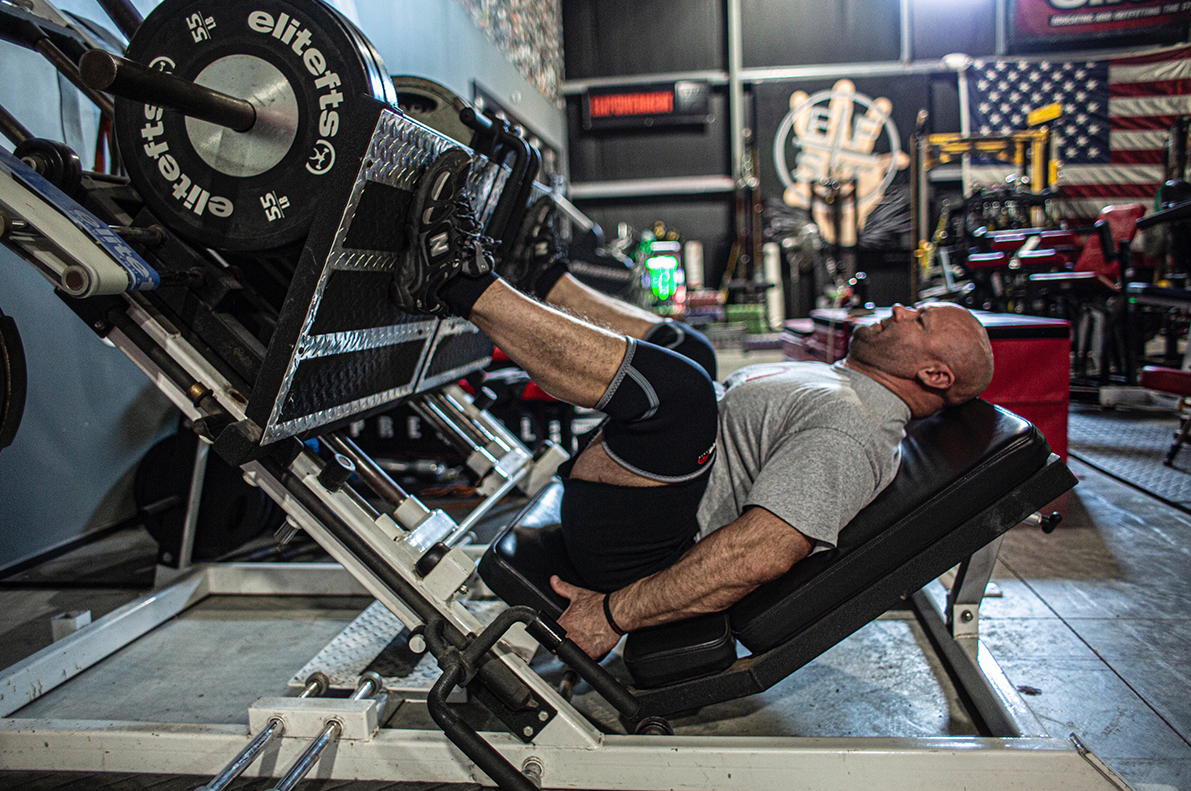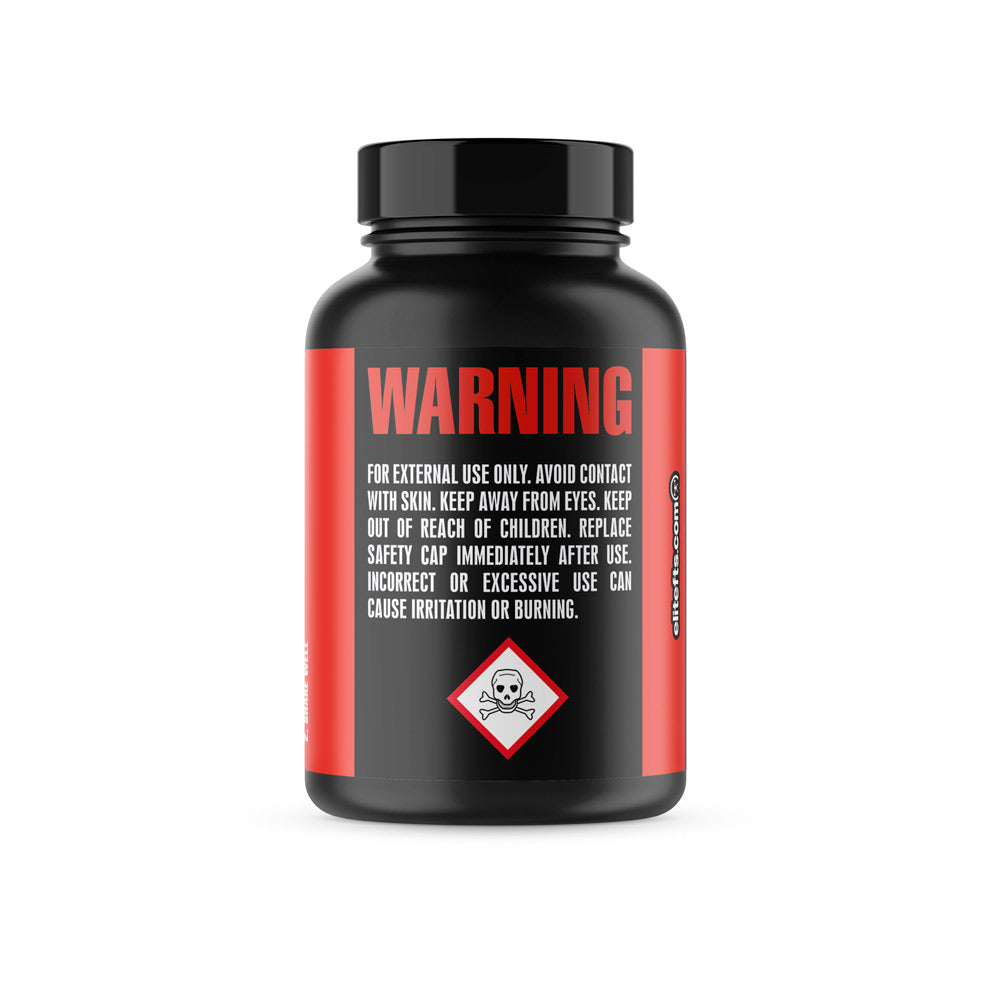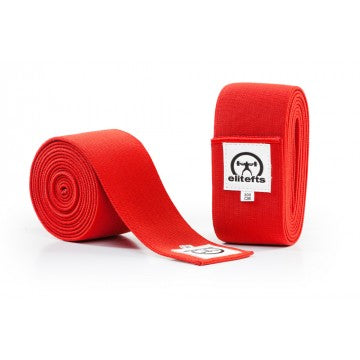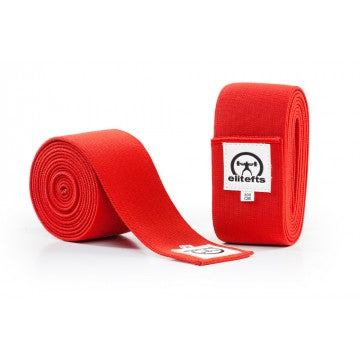I’ve had numerous e-mails and phone calls about what I did for my last meet. My total went up 150lbs and I set personal records on every lift. So here is what I did leading up to the meet. This is all in the Training Logs section of the Q/A, but this will make things easier.
For those that don’t know how I train or how I think – it all comes down to one thing; Going Heavy. If you want to get stronger, then you have to lift heavy weights. This has not changed since the age of training. You can show me textbooks, studies, graphs, pie charts, etc. You can write fancy articles and attach fancy names to some workout. It won’t change the inevitable. If you want to be stronger than most, you have to lift heavy weights. I came up with this startling revelation after realizing the following:
- I talked with the strong people to see what they were doing. You wouldn’t talk to your doctor about your car’s transmission, would you? Most of the strong people that I talk to subscribe to the Going Heavy approach.
- My own results have verified that Going Heavy is a pretty good way to train if absolute strength is your goal. I have tried other means of training and all have fallen
- short.Now before everyone gets excited and points to the quadratic formula to prove me wrong, let’s verify some things. First, I didn’t do a lot of dynamic work because I was already fast. So this type of training is not good for those that are slow. Second, the trick to Going Heavy is to rely a lot on instinct. What this means is that I had to read my body before each workout, during the workout and after. I had to make smart decisions in regard to my training. Remember training smart is better than training hard. I had to make sure I was recovering between sessions. No one is better at not training (besides Dave) than me. You can call me lazy; I call myself smart. Because you need to rely on instinct, many novices don’t have enough experience to do this.Also, I respond better to higher intensities and lower volumes than vice versa. Some may be the opposite. Very few can do both, in fact I only know of one: Chuck Vogelpohl. That’s why we always say, “Don’t train like Chuck.”
So while Going Heavy sounds very simple, it can be very difficult. What is simple is my exercise selection. Below are the main exercises that I do for each of the lifts. The problem that I see most people doing is they get too crazy with exercise selection. They pick too many exercises and never stick with one long enough to let it work or to realize that it doesn’t work. The exercises that are listed below are what worked best for me.
Squat/Deadlift Training
- Box Squat
- Deadlift
- Deadlift against bands
- 45 degree back raise
- Roman chair sit-ups
- Power Squat
- Board Press
- Bench Press
- Chest Supported Rows
- Pull-ups
- Lat pulldowns
- DB Bench Press
- Military Press
So how does one perform a Going Heavy workout? Here is a general plan that I work off of.
- 2 days of bench pressing
- 2 days of squatting/deadlifting
A typical Going Heavy bench workout will consist of some kind of board press (with or without a shirt) or a bench press (raw) to a 1 RM. The main focus for me is to handle heavy weights. The point is NOT always to strain, though. And I never (or at least try) go to failure. I only attempt lifts that I know I can get. While this may sound strange, I don’t see the point of going to failure. Three things generally happen when doing this – 1. You get mentally fried. 2. You can get hurt because your form goes in the dumper or my incompetent spotters. 3. If you fail then you are teaching yourself to fail. Again, this is my way of training and may not work for some.
The other day will be an assistance day. Basically, in the two days I bench press I focus on the following:
- Max effort work
- Low end work (dumbbell presses, military presses)
- Stability work (lat work/upper back work)
- High end (lockout work) (rack lockouts, high board presses)
So to sum up Going Heavy for the bench press:
- Focus on training parts of the bench
- Don’t go to failure
- Pick exercises that count; don’t do muscles, do movements!
-
- Power Squat – work up to a 3-10 rep max. This is usually one hard set. I do shrugs on my lighter sets. Since I usually do about 6-8 warm ups sets, I do a lot of shrugs on the Power Squat. This is, as I’ve stated many times before, because big traps = cool.
- 45 degree back raise – I usually do 3-5 sets, most with a bar on my back. Reps are usually 10. As you can see this is very complicated.
- Roman Chair sit-ups – These are almost always done with a plate behind my head. As long as I can do 10 reps with a 45lbs. plate behind my head, then I know my abs are strong enough. These are always done on an EFS Glute Ham Raise.
- Some grip work (EFS Grip Machine, Ironmind Telegraph, Hex Head DB Holds) and some neck work. I do 2-3 sets of this stuff.
- Box Squat to a 1RM
- Some kind of deadlift to a 1RM (but NOT every week)
- Don’t go to failure
- It’s really pretty simple. So go heavy.By the way, I know that this type of training isn’t very scientific and it isn’t fancy, but it is what the majority of VERY strong people do. So you can throw your verbal jabs at this kind of training, but at least it’s backed up on the platform/weight room.
After I squat, I will pull some kind of deadlift. This is usually a standard (no bands/chains) deadlift or a deadlift against bands. This usually happens every other week or whenever you feel good. Again, apply the principles of Going Heavy.
So to sum up Friday’s squat workout



